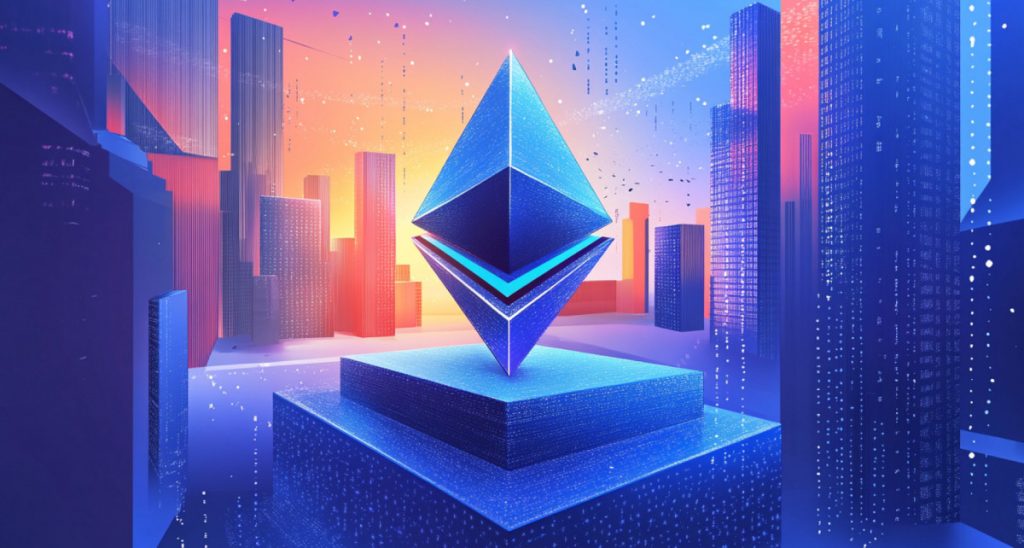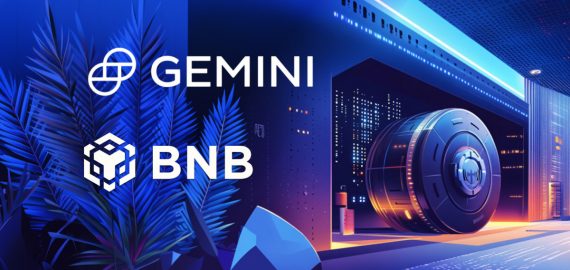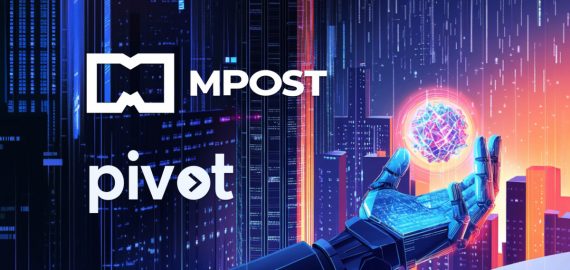Ethereum Contributor: Pectra To Go Live In Mid-March, Featuring Set EOA Account Code, Blob Throughput And Calldata Cost Increase Among Key EIPs


In Brief
Anthony Sassano has shared details about Ethereum’s Pectra upgrade, scheduled for mid-March, which is set to become the blockchain’s largest yet, featuring a record number of EIPs and new features.

Independent Ethereum educator, angel investor, and advisor Anthony Sassano, also known as Sassal.eth, shared details about Ethereum’s upcoming upgrade, Pectra, which is tentatively scheduled for mid-March. This upgrade is set to be Ethereum’s largest yet, as it will include a record number of Ethereum Improvement Proposals (EIPs) and new features.
One of the most highly anticipated EIPs in the Pectra upgrade is EIP-7702, which introduces account abstraction. This will alter the way Ethereum users interact with transactions. Key features include transaction bundling, gas sponsorship, asset recovery, and more, with the major change being that users will no longer need to approve transactions separately (such as the approve > swap flow). Instead, these actions will occur in a single transaction, improving user experience and efficiency.
EIP-7251 aims to increase the MAX_EFFECTIVE_BALANCE for Ethereum validators. Currently, validators are limited to earning rewards on a maximum of 32 ETH per validator. However, once EIP-7251 is implemented, this limit will rise to 2048 ETH, allowing staking rewards to accumulate automatically and enabling validators to consolidate their operations. This will reduce the load on the network and streamline validator management.
Additionally, EIP-7691 will address the issue of blob throughput. Blobs, which have been at capacity for several months, limit scalability for rollups and increase transaction fees for users. EIP-7691 will increase the blob count from 3/6 to 6/9, improving scalability for rollups and reducing fees for users.
EIP-7623 will enhance how rollups store data. Rollups will now have the option to exclusively use blobs or calldata for data storage. Previously, rollups were switching between the two depending on cost, but with EIP-7632, the cost of using calldata will increase for rollups while remaining the same for regular Layer 1 users.
Another important proposal, EIP-7002, introduces execution layer triggerable exits, allowing validator withdrawals to happen directly on the execution layer. This enables the creation of fully trustless staking pools that do not rely on trusted intermediaries for processing validator withdrawals and rewards distribution, as the exit messages can be sent on the execution layer.
EIP-7685 will enable direct communication between Ethereum’s execution and consensus layers. This allows smart contracts to directly interact with the consensus layer (which handles staking), reducing or potentially eliminating the need for intermediaries like trusted oracles.
Lastly, EIP-2537 is focused on improving cryptographic efficiency on Ethereum, specifically for zero-knowledge-related operations. This enhancement will benefit both scalability and privacy on the network.
More Proposals In Pectra To Be Implemented
In addition to the major EIPs already mentioned, there are four more proposals in the Pectra upgrade that focus on improving the efficiency and organization of the Ethereum network.
EIP-2935 will allow historical block hashes to be served directly from the state, improving the accessibility of this data. EIP-6110 introduces the ability to supply validator deposits directly on-chain, streamlining the validator onboarding process. EIP-7549 moves the committee index outside of the Attestation, which will enhance the flexibility of how committee data is handled. Lastly, EIP-7840 will incorporate a blob schedule into the Ethereum Layer (EL) configuration files, helping manage blob data more effectively within the network’s infrastructure. These EIPs aim to simplify the internal workings of Ethereum while maintaining the network’s overall performance and stability.
Disclaimer
In line with the Trust Project guidelines, please note that the information provided on this page is not intended to be and should not be interpreted as legal, tax, investment, financial, or any other form of advice. It is important to only invest what you can afford to lose and to seek independent financial advice if you have any doubts. For further information, we suggest referring to the terms and conditions as well as the help and support pages provided by the issuer or advertiser. MetaversePost is committed to accurate, unbiased reporting, but market conditions are subject to change without notice.
About The Author
Alisa, a dedicated journalist at the MPost, specializes in cryptocurrency, zero-knowledge proofs, investments, and the expansive realm of Web3. With a keen eye for emerging trends and technologies, she delivers comprehensive coverage to inform and engage readers in the ever-evolving landscape of digital finance.
More articles

Alisa, a dedicated journalist at the MPost, specializes in cryptocurrency, zero-knowledge proofs, investments, and the expansive realm of Web3. With a keen eye for emerging trends and technologies, she delivers comprehensive coverage to inform and engage readers in the ever-evolving landscape of digital finance.


















































